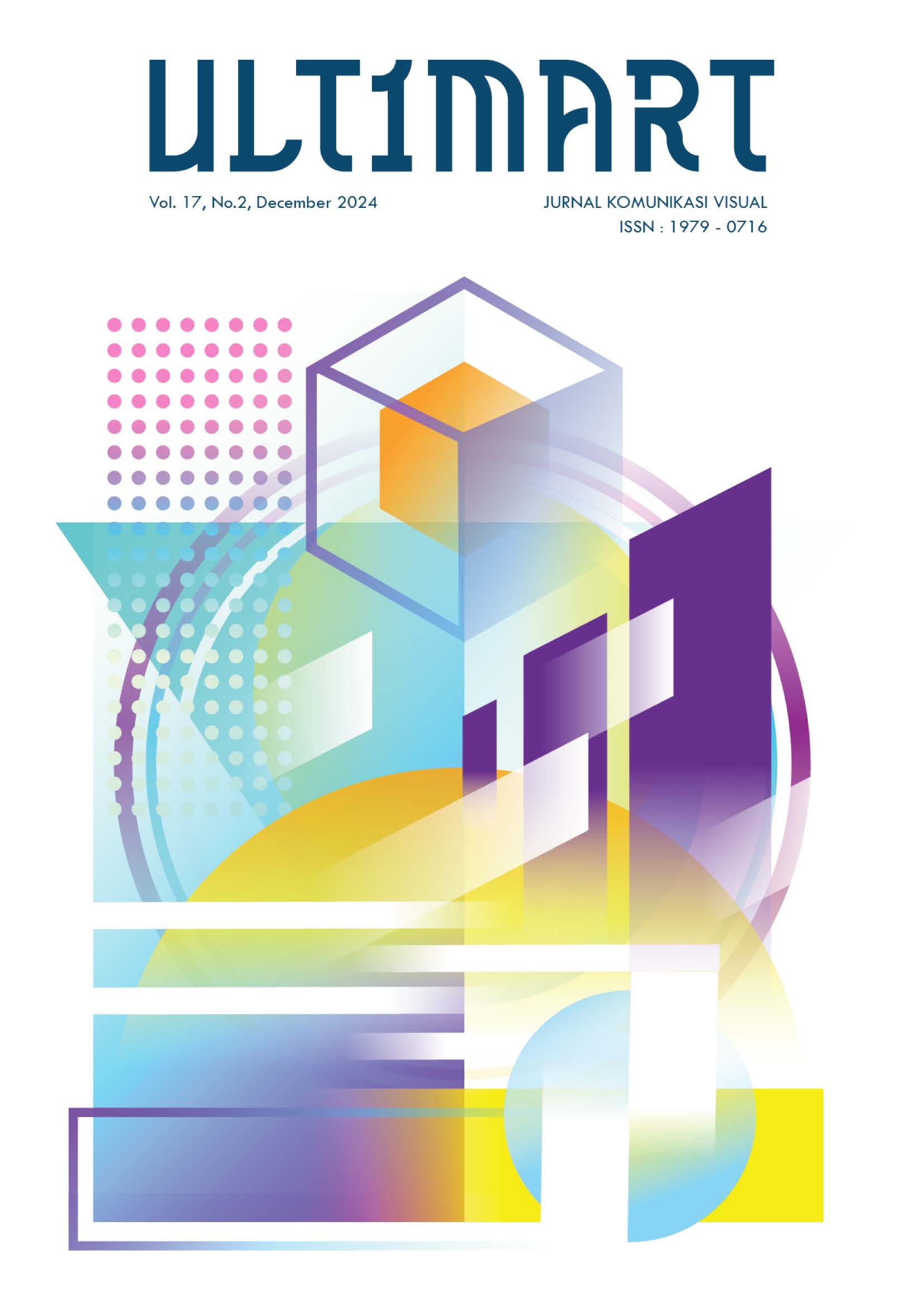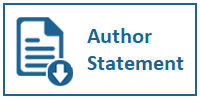Navigating Distance: Signs in Sons, Mother-in-Law, and Daughter-in-Law Relationships in Lahn Mah
DOI:
https://doi.org/10.31937/ultimart.v17i2.3850Abstract
In Chinese-Asian culture, sons are often viewed as symbols of luck and hope, which leads parents to invest heavily in their futures. However, when a son is married, this deep connection can lead to tension, especially between his mother and wife. The son then finds himself in the tricky position of balancing both relationships between the Mother-in-Law (MIL) and the Daughter-in-Law (DIL). Lahn Mah (Pat Boonnitipat, 2024) known in English as How to Make Millions Before Grandma Dies, captures this dynamic with several scenes exploring the relationships among son, MIL, and DIL. Therefore, this study examines visual signs that convey the distance in the relationships between sons, MIL, and DIL in Lahn Mah. This research employs a descriptive qualitative methodology with Ferdinand de Saussure's semiotic analysis approach. The findings reveal nine key scenes illustrating varying distances between the son, MIL, and DIL. These distances shift as the story unfolds: wide gaps signify conflict, while closeness indicates reconciliation.
Keywords: distance; sons; in-laws; film; semiotic
Downloads
Downloads
Published
How to Cite
Issue
Section
License
Authors retain copyright and grant the journal right of first publication with the work simultaneously licensed under a Creative Commons Attribution-ShareAlike International License (CC-BY-SA 4.0) that allows others to share the work with an acknowledgement of the work's authorship and initial publication in this journal.
Authors are able to enter into separate, additional contractual arrangements for the non-exclusive distribution of the journal's published version of the work (e.g., post it to an institutional repository or publish it in a book), with an acknowledgement of its initial publication in this journal.
Copyright without Restrictions
The journal permits the author(s) to hold the copyright without restrictions and will hold distributing rights without limitations.
The submitted papers are assumed to contain no proprietary material unprotected by patent or patent application; responsibility for technical content and for protection of proprietary material rests solely with the author(s) and their organizations and is not the responsibility of the Ultimart: Jurnal Komunikasi Visual or its Editorial Staff. The main (first/corresponding) author is responsible for ensuring that the article has been seen and approved by all the other authors. It is the responsibility of the author to obtain all necessary copyright release permissions for the use of any copyrighted materials in the manuscript prior to the submission.















